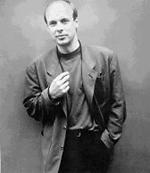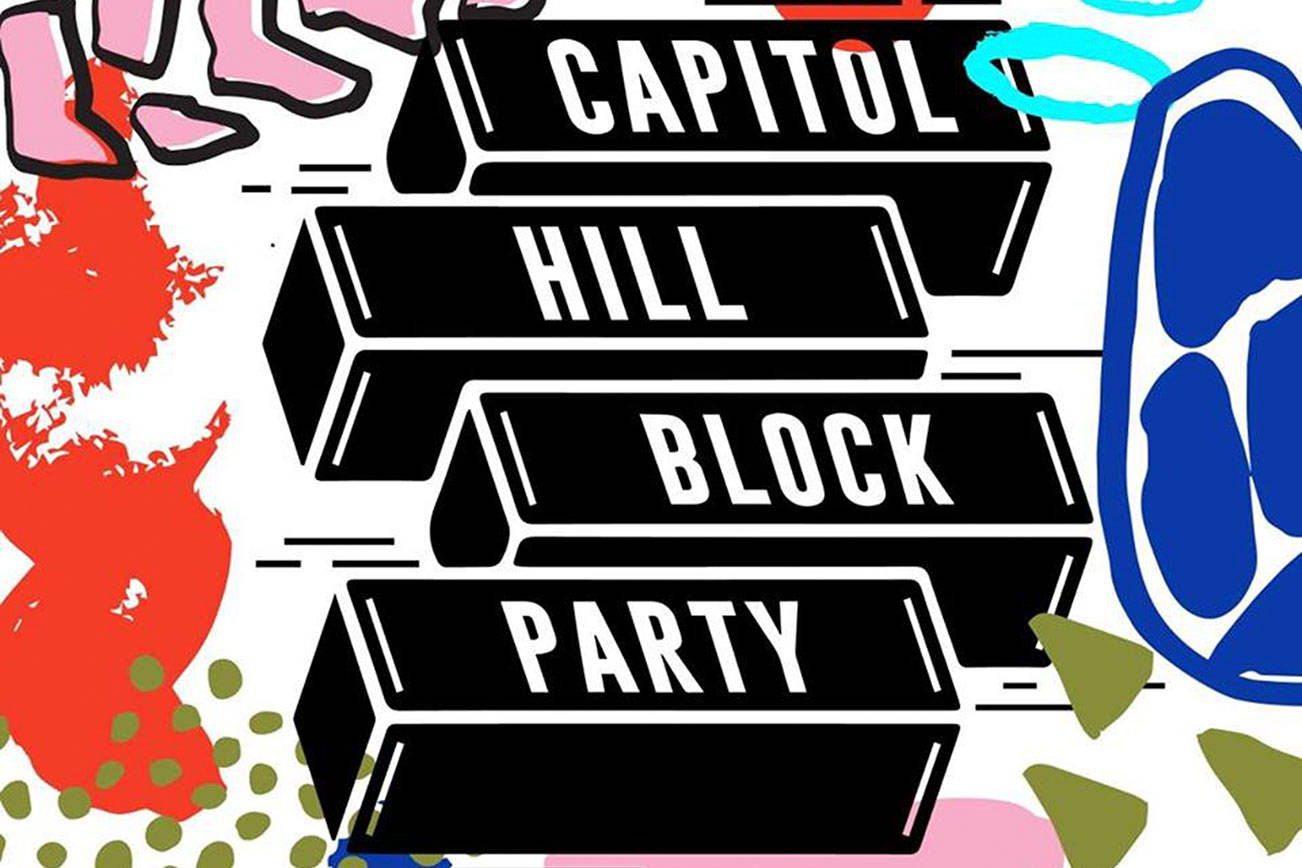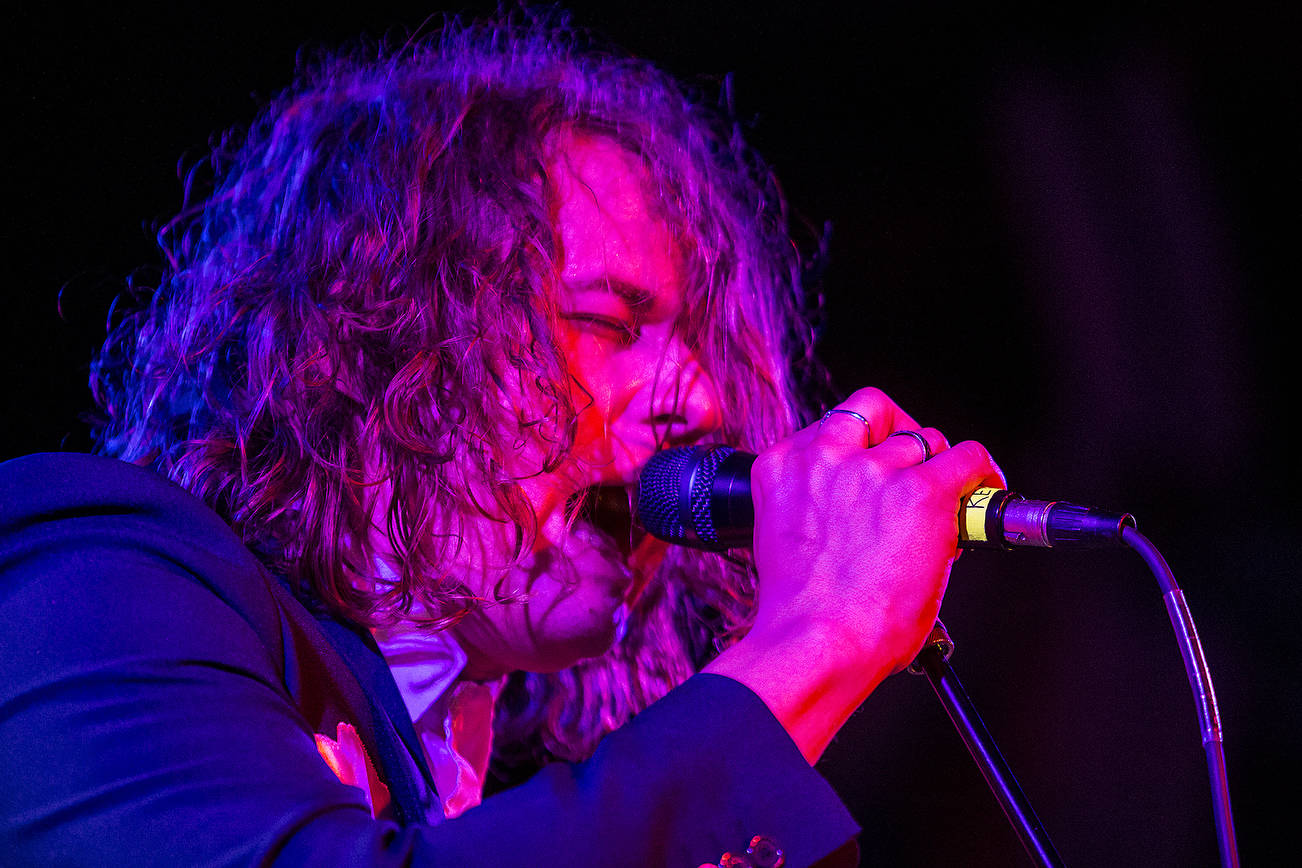ON THE STEREO, some tunes—say, Journey’s “Any Way You Want It” or Blink 182’s “What’s My Age Again”—demand to be turned up. How else are you going to completely absorb yourself in something so catchy and mindless? Volume can be music’s best friend, the hypodermic needle where you forget about your miserable life and let someone else’s guitar speak for your sins and grins.
But, everything being relative, music can’t always be loud. Then, of course, nothing would be loud. And, since every song starts out and ends with silence, doesn’t it make sense that some should never go far from home?
The beauty of John Cage’s “4’33” isn’t that some smart-ass hippie composed a piece of classical music where a pianist onstage never touches his instrument. No, the beauty lies in what happens during that silence. Listeners get uneasy. Or perhaps they just meditate. Or maybe they make their own music in their heads. No matter, Cage was onto something, and none of the actual music he wrote was quite so memorable or groundbreaking.
Of course, we don’t buy CDs to provide us with muteness, we buy them for entertainment. And if we fast-forward to Brian Eno’s Thursday Afternoon, we find quiet music’s next masterpiece (this one with notes). Music for Airports and Discreet Music might be Eno’s watershed works, but Thursday Afternoon is simpler and just as sweet. Its single 62-minute-long track might be the first piece composed specifically for compact disc, way back in 1982. The work merely drifts along, soft and unhurried. You may hear birds whistling 50 minutes into the work, but it’s hard to tell if they’re real or imagined. There’s no climax to speak of, the piece fades out, and you’re dared to hit repeat and start over.
Eno’s work is the aural equivalent of staring at an aquarium: gorgeous, yet ultimately somehow static. Thankfully, plenty of quiet works move, too. Estonian composer Arvo P䲴 carved an entire career out of “holy minimalism,” writing spiritual works that consist of quiet with nothing more than a handful of perfectly played notes. Check out this year’s Alina and all you’ll hear is two short, hushed works for violin and piano repeated for nearly an hour. Each time you pick up something different—the ultimate musical meditation.
But quiet music doesn’t have to be about aloof composers making music for headphones (though they have perfected it). It’s everywhere. In jazz, we have Hank Jones and Charlie Haden’s soft-focus instrumental takes on gospel numbers, Steal Away. Or even Bill Frisell’s just-released Ghost Town. In rock, bands such as Low and Yo La Tengo thankfully know the art of simmer, making low-volume masterpieces that boil over only on rare occasions. Take the first eight seconds of Yo La’s new And Then Nothing Turned Itself Inside-Out. All you hear is the dim hum of feedback. The music comes later, gradually, in a minute or so. And when it does, it actually means something.





